Castles, Palaces and the Natural Beauty of the Thames Path
Enjoy pretty scenery and historical sites on the Thames Path, visiting castles, palaces and natural beauty.
Castles, Palaces and the Natural Beauty of the Thames Path
https://www.contours.co.uk/castles-palaces-natural-beauty-thames-path
by Sue Talbot
The Thames Path is a National Trail that follows the course of the River Thames for 184 miles, starting from the river’s source in the Cotswolds and ending at the Thames Barrier in London.
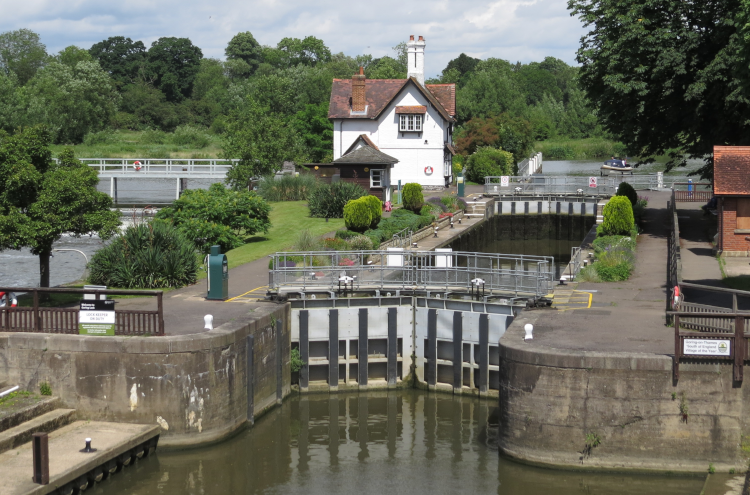
Along the scenic route, there’s a huge variety of historical landmarks to discover, including castles and palaces. What I love most about the trail is being able to immerse yourself in quintessentially English landscapes that abound with spectacular flora and fauna.
Majestic castles and palaces play a significant role in the history of the Thames Path, offering a glimpse into the past and into the lives of the people who once inhabited these grand buildings.
Windsor Castle, located in the town of Windsor in Berkshire, is one of the oldest and largest inhabited castles in the world and has been a royal residence for over 900 years.

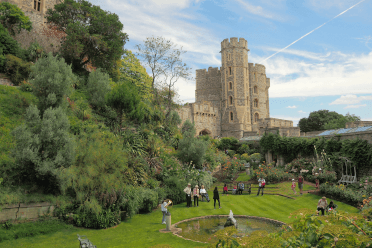
Left: Windsor Castle by llee wu. Right: Windsor by Dmitry Djouce. Both shared unaltered under a Creative Commons licence.
Visitors can explore the State Apartments, St. George’s Chapel and the beautiful grounds surrounding the castle, gaining insight into the rich history and heritage of the British monarchy.
Further along the Thames Path stands Hampton Court Palace, situated in the London Borough of Richmond upon Thames. Originally built for Cardinal Thomas Wolsey in the early 16th century, the palace later became a royal residence for monarchs such as King Henry VIII and Queen Elizabeth I.
Hampton Court Palace boasts stunning Tudor architecture, magnificent gardens and a fascinating history that transports you back in time to the vibrant court life of the Tudor era.
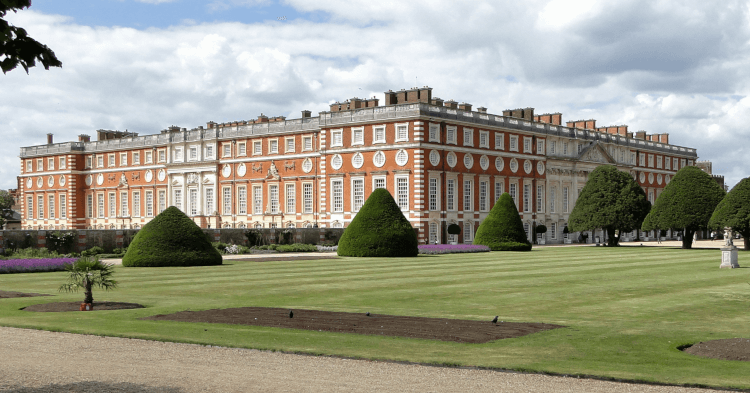
Hampton Court Palace from the Gardens by Maxwell Hamilton. Shared cropped under a Creative Commons licence.
Along the trail, you’ll also have the opportunity to explore lesser-known castles and historic sites that dot the river’s banks. From the medieval ruins of Wallingford Castle in Oxfordshire to the picturesque Cliveden House in Buckinghamshire, each historical site along the path introduces you to the cultural and architectural heritage of the region.
As you pass through idyllic villages along the Thames Path, you’re treated to a colourful tapestry of natural beauty that evolves with each mile.
The river itself serves as a lifeline for a variety of wildlife, including swans, ducks and herons, while the surrounding landscapes feature lush green meadows, ancient woodlands and peaceful waterways.
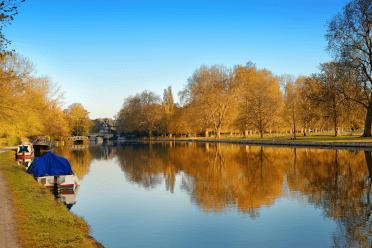
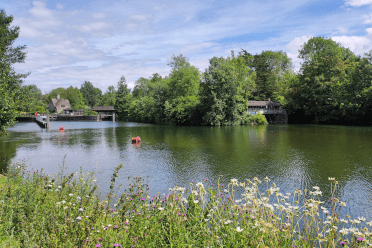
Depending on when you choose to walk the Thames Path, you can witness the vibrant colours of spring blossoms or the golden hues of autumn leaves, each season providing a unique experience.
As an animal lover, one of my favourite highlights of the Thames Path is its diverse range of habitats, which support a wide array of plant and animal species.
The wetlands and marshes along the river provide essential breeding grounds for waterfowl and other wildlife, while the ancient woodlands offer shelter to rare species of butterflies, birds and mammals.


It’s so fascinating when you take a closer look at the intricate ecosystems that thrive along the riverbank, as you gain a deeper appreciation for the importance of preserving these dynamic environments for future generations.
The Thames Path is a wonderful melting pot of history and nature, where ancient sites and unspoilt landscapes converge to create an unforgettable hiking experience.
By exploring the rich heritage of the region and breathing in the beauty of the natural world, you can forge a connection with the past and present, gaining a deeper understanding of the natural habitats and cultural legacies that define this iconic trail.
Adventure Travel Blogger
Sue Talbot is an adventure travel blogger and iPhone photographer who’s often found hiking up the Lakeland fells or swimming in fairy pools. Her outdoor adventures and photographs can be found on her blog, Lifehop, and also her Lake District Lovers Facebook page.
Interested in walking the Thames Path?
Contours Holidays offer three versions of the Thames Path walking holiday: the complete route, the west section and our dog-friendly east section. Find your holiday here: